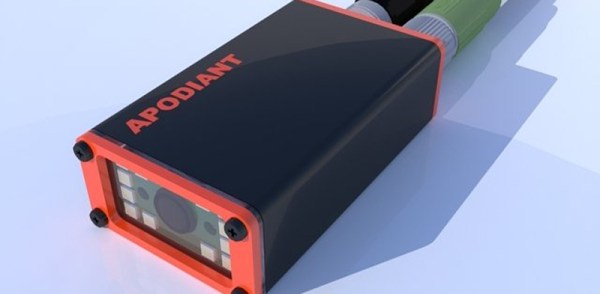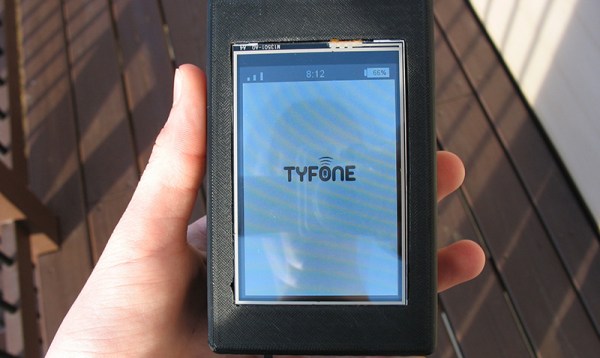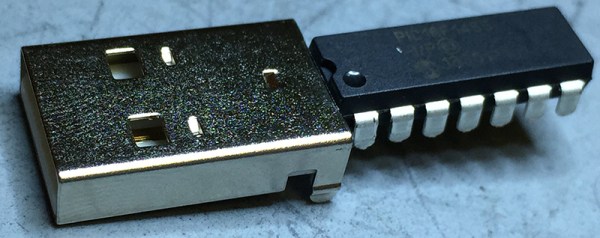We’ve seen a few people tear down the drive trains from electric vehicles like the Nissan Leaf, Prisuses, or the Chevy Volt. We’ve also seen someone tear down the battery pack found in a Tesla Model S. What we haven’t seen until now is a reverse engineering of the Tesla Model S drive train.
A fortuitous circumstance landed [Michal] the crown jewel of the Tesla Model S – the 310kW, 590Nm drive train. Exactly how and where [Michal] landed this gigantic powerful motor is a question that remains unanswered, and the question unasked. We might not want to know.
Now that he has a motor, the name of the game is figuring out how to drive it. Usually that means capturing data from the CAN bus and replaying that data. This isn’t what [Michal] is doing; instead, he’s using a motor controller he developed for the Chevy Volt and Toyota Prius. It’s going to be a lot of work, but that’s only because these gigantic EV motors and controllers are pretty rare on the used market now. Give it a few years, and the work [Michal] is putting in now will pay off in hundreds of DIY electric vehicles.






















